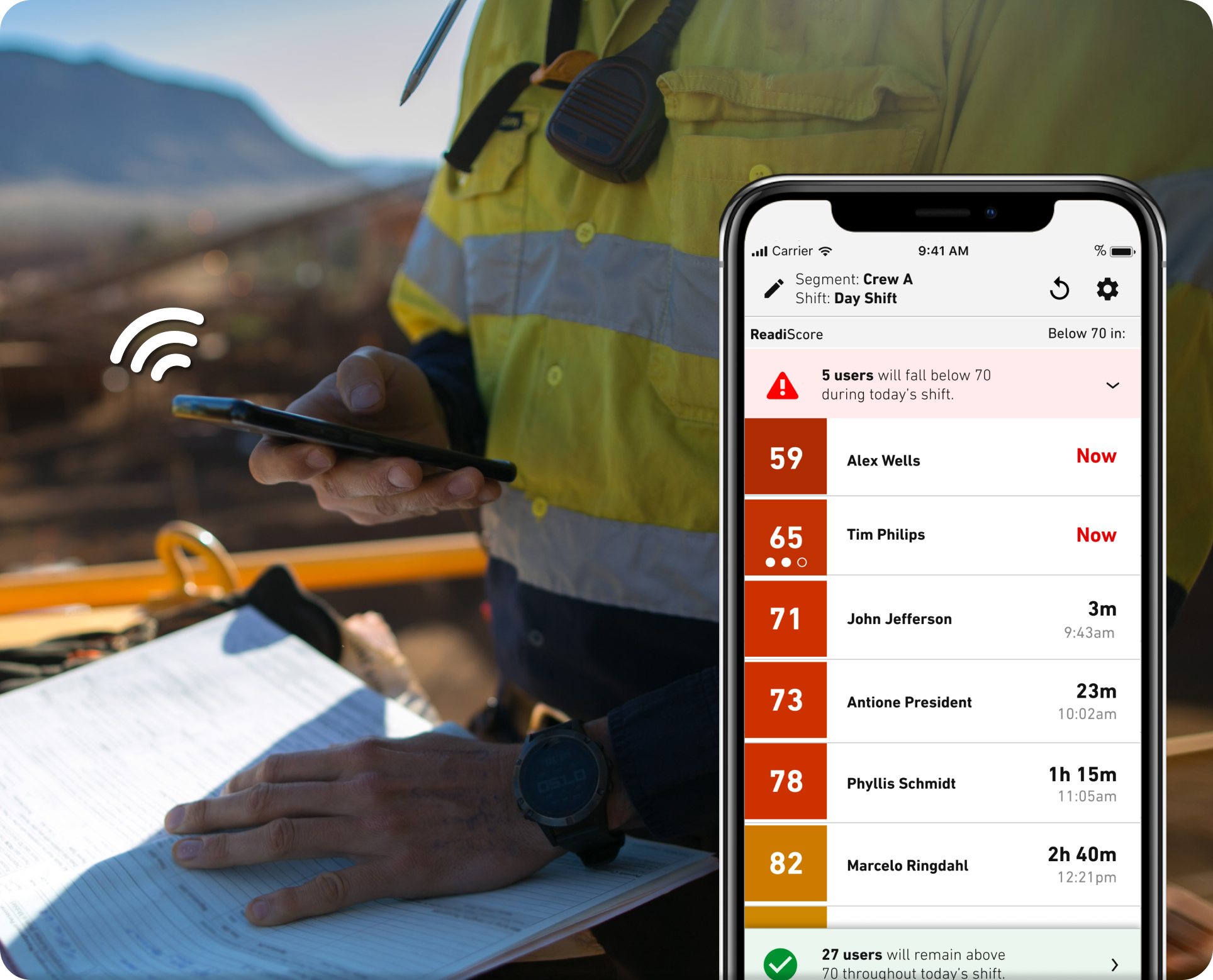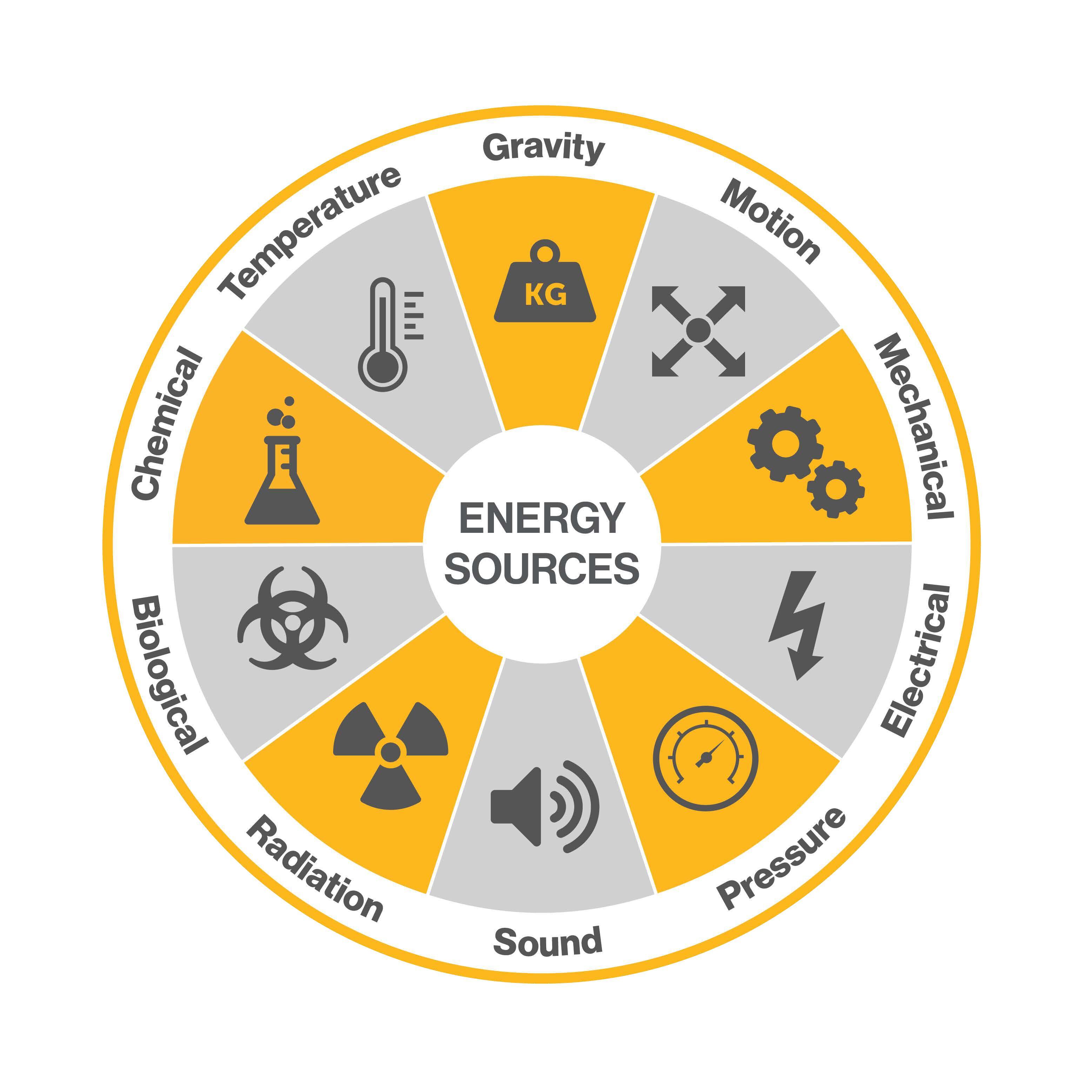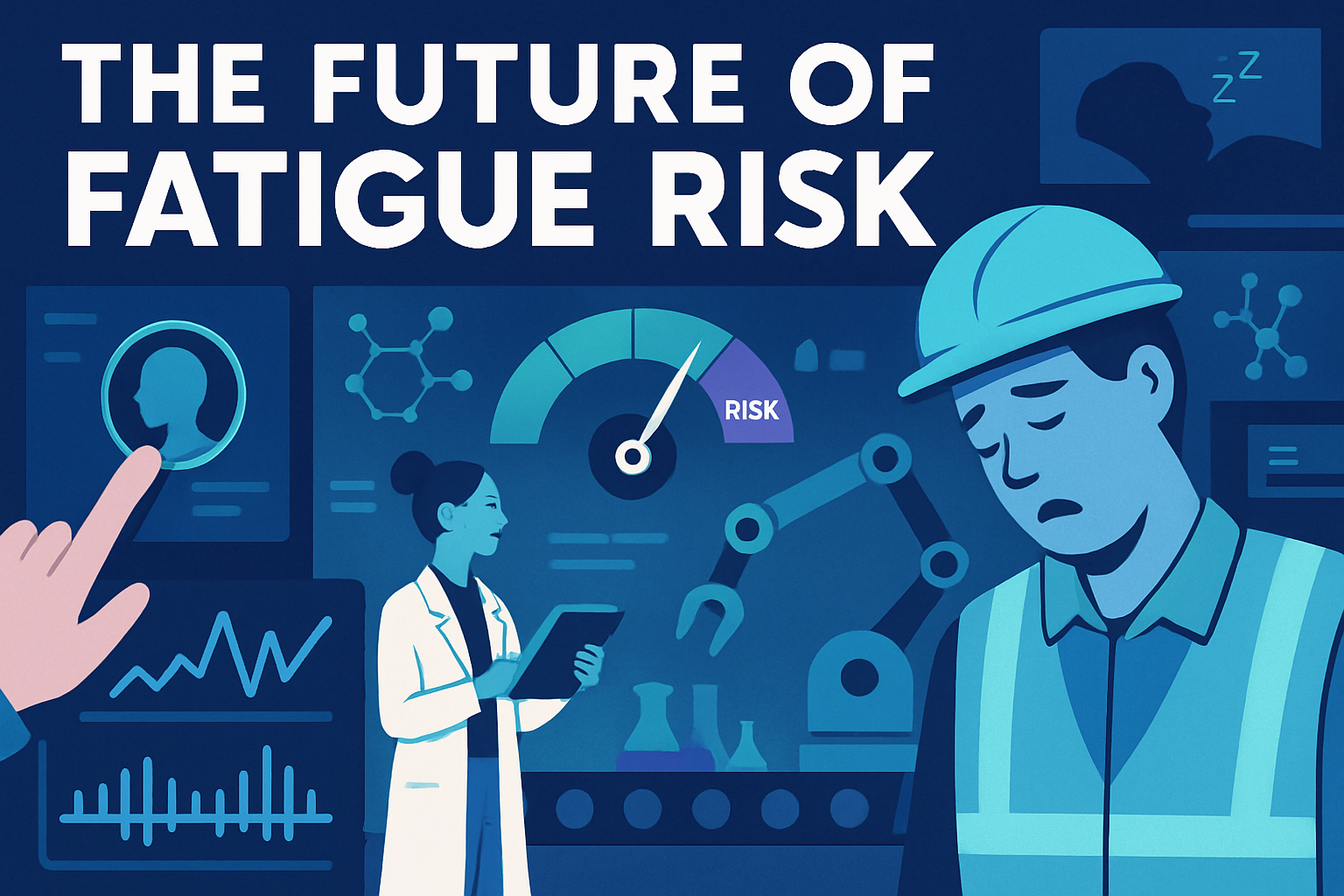A recent trend in offices providing napping spaces has some critics and experts concerned that employers are missing the point. The Guardian recently published an article that takes a look at some of the issues.
Employers, like Google, The Huffington Post and Hootsuite, have invested in napping pods and rooms in an attempt to boost productivity. After all, if research shows that a 20-minute nap can improve alertness for the rest of the day, it seems logical that employers could facilitate a nice nap to get the most productivity out of their workforce, right?
We know that napping is important for shift workers like nurses and airline employees, but in an office environment not intended to be a 24/7 workplace – are nap rooms and pods solving a problem or encouraging workers to put in longer shifts and interfering with their ability to get the quality evening sleep they need?
The first step in fostering a healthy work culture is making informed decisions. As we suggested in this piece about the Boston Red Sox, if a workforce is so tired that they want a nap room, it is important to look at why this is the case, before investing in any solutions which may address only the symptom and not the cause.
Collecting and analyzing sleep data that clearly illustrates aggregate quantity and quality of sleep, and highlights flaws in workforce scheduling can help determine the optimal solution for enhancing employee productivity and health – including schedule modifications and yes, even a nap room or sleep pod.




